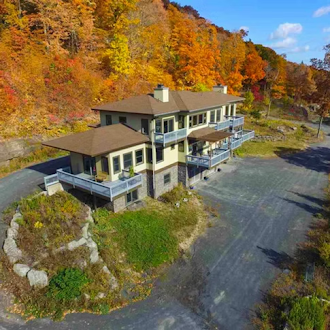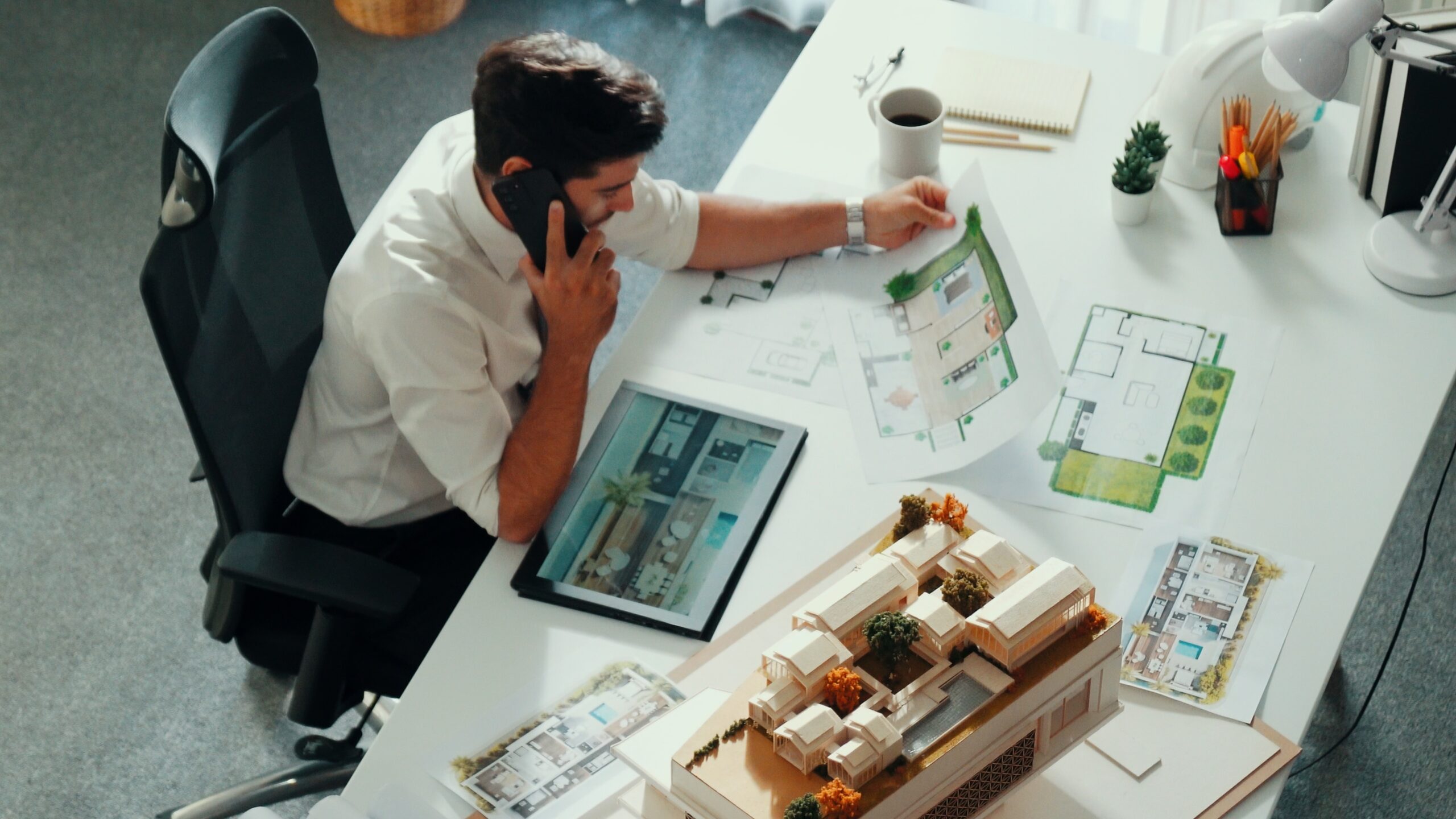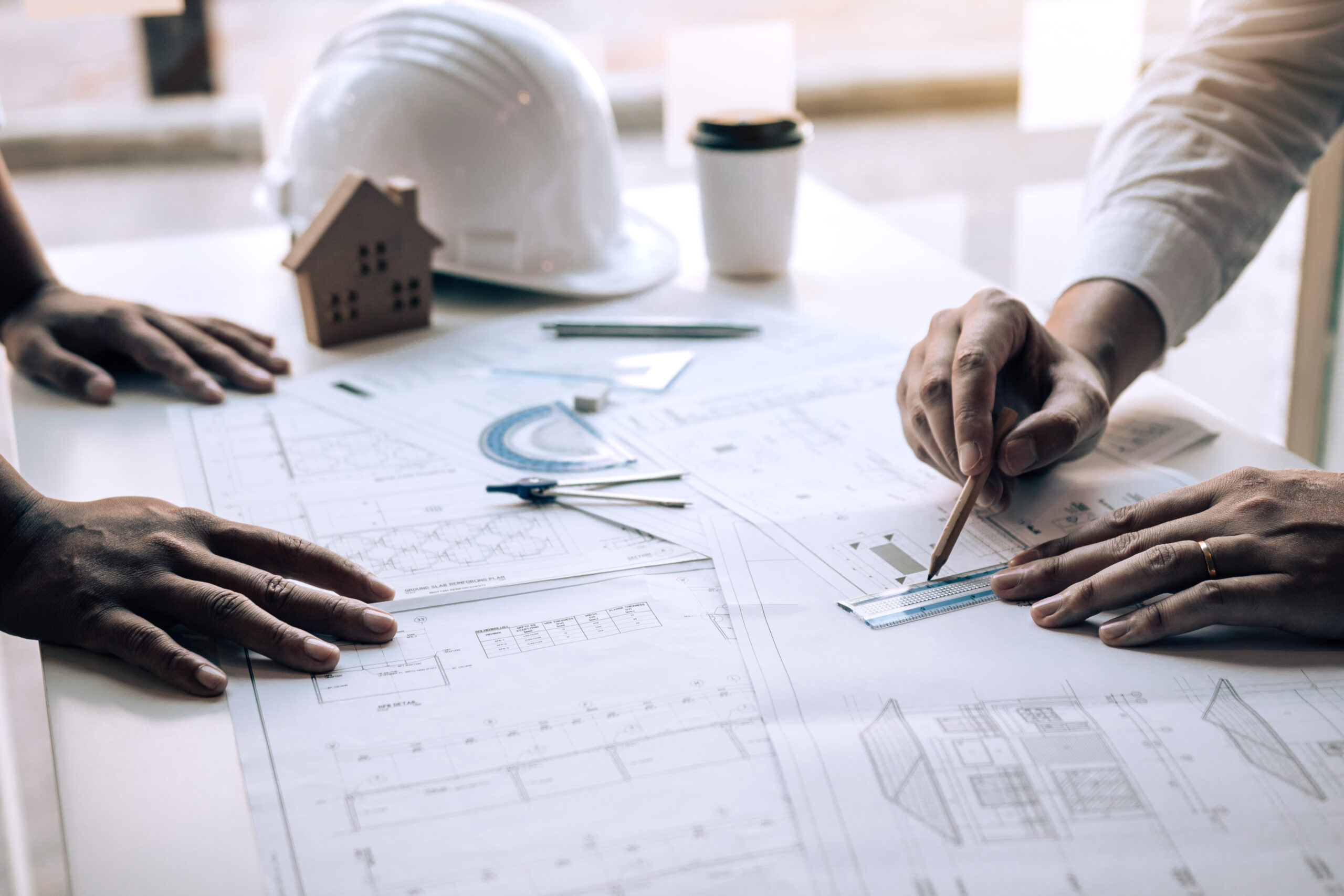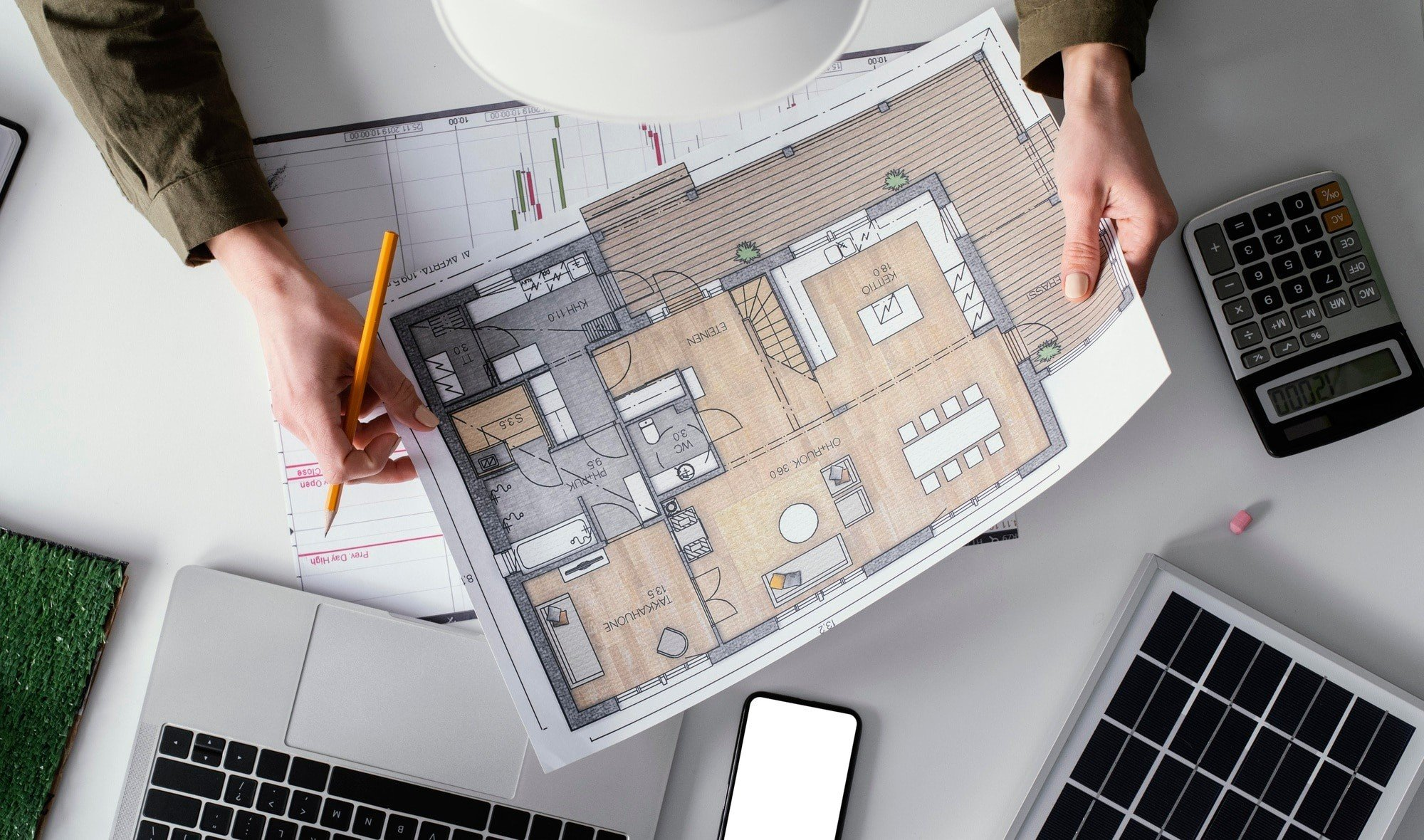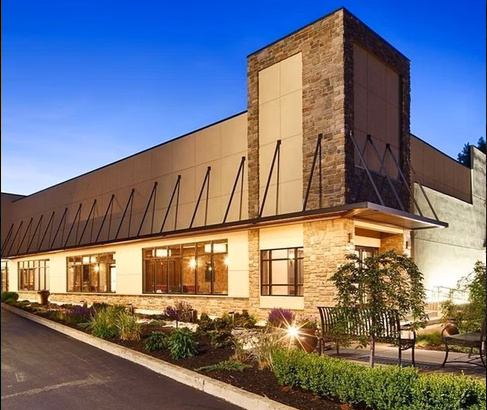When we sit down with clients to begin the journey of designing a home, one of the first conversations we have is about how they live. Not just how many bedrooms they need or whether they cook often, but how they move through their day, where they like to drink coffee in the morning, how they host friends, whether they need quiet corners, open spaces, or somewhere in between. These everyday patterns reveal priorities that go far beyond square footage or style. That’s where floor plan flow comes in.
The flow of a home’s layout, how rooms connect, how people move, how sightlines open or close makes a dramatic difference in the way a home feels and functions. It’s the invisible architecture that shapes your experience every single day, influencing comfort, privacy, and even energy use. A hallway that frames a view, a kitchen island placed for conversation, or a transition that lets you shift from public to private space without effort, these are the details that make a house feel intuitive and alive.
And here in the Hudson Valley, designing for flow also means designing with the land, the seasons, and local materials in mind. The way a living room opens to a porch, the way a bedroom catches morning light, or how a mudroom connects to outdoor trails, all of these depend on understanding site orientation, climate, and regional traditions. Floor plan flow here is never abstract; it’s tied to the slope of the land, the path of the sun, the arc of the seasons, and the textures of stone, wood, and metal that come from local sources.
When done thoughtfully, floor plan flow becomes more than circulation, it becomes choreography. It guides how a family gathers and retreats, how a home breathes with its environment, and how every daily ritual feels supported. That is what turns a house into a place that truly belongs to both its people and its setting.
Why Flow Matters: Beyond Square Footage
Too often, homeowners focus on room counts or square footage alone. But two homes with the same footprint can feel worlds apart depending on how the floor plan is organized. The difference is not just in size, it’s in the way spaces relate, connect, and guide movement. That is what we call flow, and it is one of the most powerful yet invisible forces in residential architecture.
What We Mean by “Flow”
- Logical transitions between public and private areas: The ease with which you can move from shared gathering spaces to quiet retreats is central to comfort. Flow ensures that guests can enjoy living and dining areas without intruding on bedrooms or workspaces.
- Clear sightlines to natural views, focal points, or open spaces: Architecture frames experience. Whether it’s a window angled toward the Catskills, a fireplace visible from multiple rooms, or an open connection to a garden, sightlines guide the eye and set the tone of daily life.
- Ease of circulation without wasted steps or awkward dead-ends: A thoughtful floor plan eliminates bottlenecks and unnecessary corridors. Instead, it creates intuitive pathways where movement feels natural and unobstructed.
- Natural lighting that tracks with your daily rhythms: The position of windows, clerestories, and skylights is as much about lifestyle as it is about illumination. Flow considers how morning light enters a kitchen, how afternoon sun warms a reading nook, and how evening light softens a living room.
- Integration of outdoor and indoor spaces: Flow extends beyond walls. A porch that feels like an extension of the living room, a patio aligned with kitchen activity, or a bedroom that opens to a balcony—all of these dissolve the boundary between house and landscape.
A good floor plan feels right, it supports your life instead of interrupting it. It allows you to move fluidly from task to task, moment to moment, space to space. It doesn’t draw attention to itself, but it enriches every experience: the way you gather with friends, the way you unwind at night, the way you feel connected to the land outside your windows.
In short, flow is the architecture you don’t see but always feel.
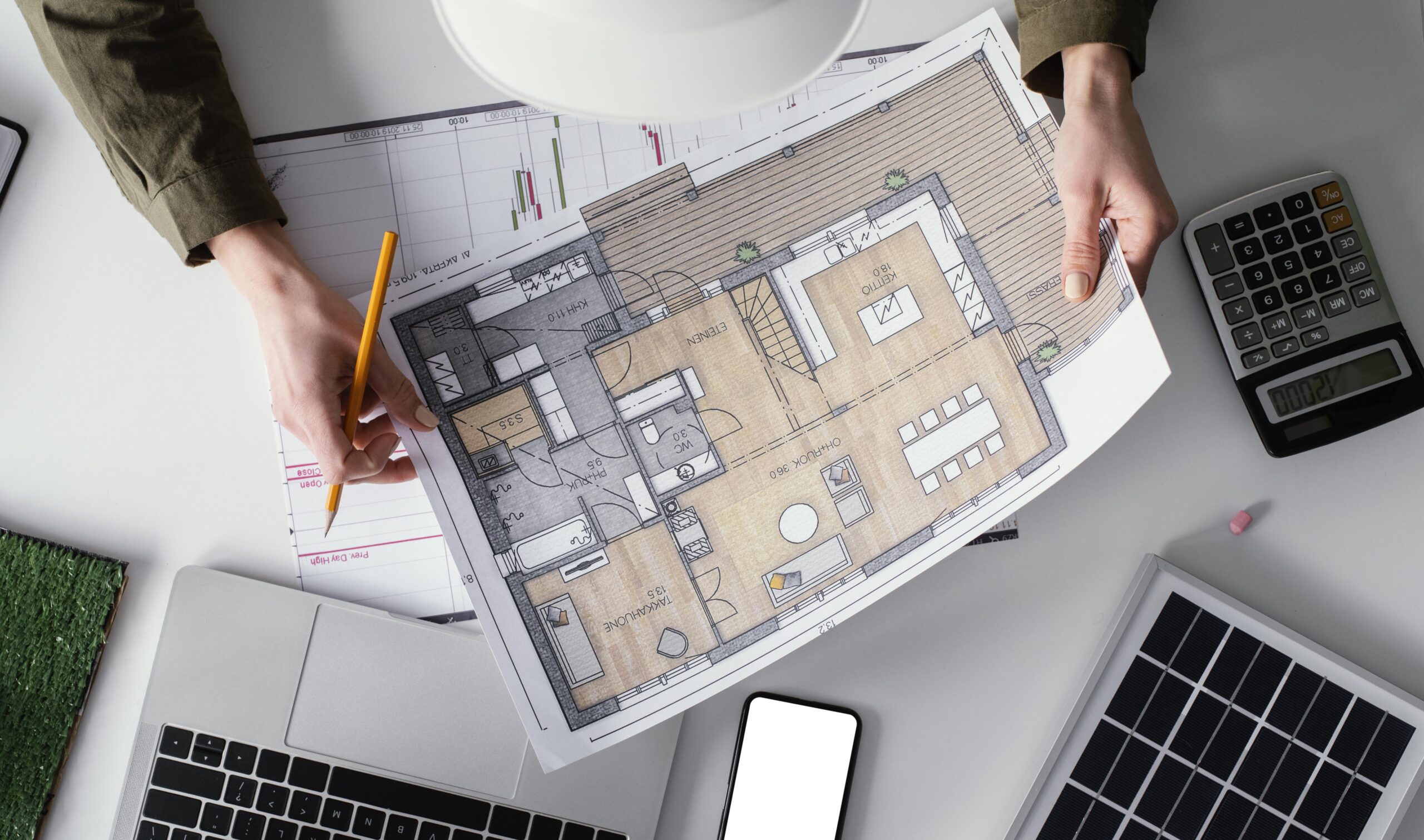
Local Context: Designing for the Hudson Valley Lifestyle
Here in the Hudson Valley, we’ve designed homes on wooded hillsides, open meadows, and urban lots in Kingston. Each setting demands its own approach to layout, because every site carries its own rhythm of light, slope, and community fabric. A custom home in this region is never generic, it grows from its land and lifestyle.
Seasonal Living
Life in the Hudson Valley shifts dramatically with the seasons. In winter, you want rooms that feel warm, compact, and sheltered, spaces that hold heat and create intimacy. A fireplace alcove, a library corner, or a kitchen designed as a true gathering hub all reinforce that sense of retreat. In summer, by contrast, openness and connection to the outdoors become essential. We design with flexible transitions, covered porches that blur the line between inside and out, screened areas that transform into cozy nooks when evenings cool, and breezeways that invite air to move through the house naturally.
Passive solar strategies are deeply tied to this seasonal flow. By carefully planning window placement and overhang depths, we can invite sunlight into interiors during cold months while shading and protecting those same rooms during hot months. Orientation isn’t only a technical decision, it’s a lifestyle one, aligning the architecture with the cycles of sun and shade that define Hudson Valley living.
Site-Specific Design
No two sites here are the same, and each demands its own interpretation:
- Sloped sites often suggest split-level flow, with living areas lifted to capture hilltop views while private rooms tuck into the landscape below.
- Wooded lots may invite a central hearth room that anchors the home, with wings extending outward into the trees, creating framed moments of woodland immersion.
- Urban lots in Kingston benefit from inventive uses of narrow spaces, side yards that become outdoor living rooms, courtyards that pull light deep into interiors, or terraces that open views while maintaining privacy.
This kind of attention is part of our custom home design services. We don’t impose a pre-set template on the land; we let the land, the seasons, and the Hudson Valley lifestyle guide the flow of design. The result is a home that feels authentic, resilient, and deeply connected to its place.
Case Study: A Weekend Retreat with Room to Breathe
One client came to us wanting a weekend home that could easily accommodate large family gatherings, but also feel serene and scaled appropriately for two people during quiet getaways. The challenge was creating a design that balanced expansiveness with intimacy, openness with refuge.
We organized the plan around a central open kitchen-living area with vaulted ceilings, establishing a true heart of the home where cooking, dining, and gathering flow together. This space became the anchor, naturally drawing people in while offering soaring volume and daylight. From there, we flanked the main living core with two distinct wings:
- A primary suite tucked away for privacy: A retreat for the owners, buffered from the activity of the house, with carefully framed views and direct access to the outdoors.
- A guest wing with flexible sleeping arrangements: Designed to flex between hosting extended family, accommodating children and grandchildren, or serving as additional quiet space when not in use.
The floor plan flow allows for togetherness and solitude in equal measure. Circulation paths were intentionally kept simple, so the house feels intuitive and calm, even when filled with people.
Large sliding doors connect the main living space to a covered deck, extending circulation outdoors and creating a seamless indoor-outdoor connection. In winter, radiant heat embedded in the floors and a central fireplace create a cozy gathering hub, making the tall vaulted space feel warm and inviting. In summer, the same rooms open wide to nature, with breezes passing through and shaded outdoor areas providing relief from the heat.
Material choices reinforced this adaptability: natural woods that feel warm in the colder months yet fresh and light in summer, durable finishes that withstand high traffic during family gatherings, and energy-efficient systems that keep the home comfortable year-round with minimal energy use.
The result: a home that expands and contracts naturally depending on who’s there. It lives well all year long, offering both the serenity of a private retreat and the vibrancy of a family gathering space, without compromise.
How Floor Plans Influence Energy Performance
As modern home architects in the Hudson Valley, we also know that flow isn’t just aesthetic, it affects energy use, comfort, and the performance of mechanical systems. The way a floor plan is conceived has direct consequences on how efficiently a home uses resources and how comfortable it feels in every season.
Practical Examples of Flow and Performance
- Grouping plumbing fixtures: By aligning bathrooms, kitchens, and laundry areas along shared walls, we reduce construction costs while minimizing the length of plumbing runs. This strategy not only conserves materials but also improves efficiency, keeping hot water delivery quicker and reducing heat loss in pipes.
- Compact footprints with smart flow: Homes that are organized efficiently lose less heat and are easier to ventilate. A tighter, more logical plan reduces the number of exterior surfaces exposed to the elements, which improves thermal performance and lowers energy bills without sacrificing comfort.
- Zoning spaces: Separating sleeping and living areas allows for smarter heating and cooling strategies. For example, bedrooms can remain cooler at night while living areas are kept warmer during the day, reducing unnecessary energy use and creating comfort tailored to how people actually occupy the home.
From Efficiency to Passive House
We integrate these ideas when developing energy-efficient house plans. And when a client wants to pursue a Passive House or Net-Zero strategy, we dive even deeper into how walls, air barriers, and spatial sequencing can reduce thermal loss and support mechanical systems. In these cases, the floor plan is not just an organizational tool, it becomes a performance strategy. Decisions about room adjacencies, circulation paths, and even ceiling heights are tied directly to energy modeling and long-term sustainability goals.
For example, the U.S. Department of Energy recommends compact, well-insulated layouts to maximize performance in cold climates. That starts with flow. A home designed with efficient circulation, clear zoning, and careful alignment of services is already positioned to outperform a similar home with the same square footage but poor organization.
When flow supports performance, the result is more than efficiency, it’s comfort. Spaces feel balanced, temperatures remain stable, and the building’s systems work in harmony with the architecture rather than against it.
Designing for Family Life: Flexibility and Future-Proofing
Another frequent request we hear: “We want a home that can grow with us.” That’s where flow plays a strategic role. A house isn’t static, it should adapt as family life shifts, whether that means children growing up, aging parents spending more time visiting, or the rise of working and studying from home.
We Ask:
- Do you expect your needs to change, kids growing up, parents visiting, working from home?
- How will spaces need to evolve across different seasons of life?
- Where do you want flexibility, and where do you want permanence?
By starting with these questions, we can design homes that don’t just meet today’s needs, but anticipate tomorrow’s.
Layout Ideas That Support Flexibility
- Rooms that do double duty: Guest rooms that double as offices; dens that can convert into bedrooms; lofts that shift from play spaces into reading or meditation areas.
- Circulation that allows for zones of activity vs. quiet: Open flows that let kids move easily from kitchen to yard, paired with tucked-away corners for focused work or private retreat.
- Pocket doors or sliding panels: Subtle architectural elements that let spaces open wide when togetherness is wanted, or close off when privacy is needed, without requiring permanent walls or major renovations.
A Recent Example
In one recent project, we designed a main-level flex room near the kitchen that functions as a home office, a homework station, or a guest suite. Its relationship to the main flow of the house is intentionally adjustable: open to the central living area for family time, or closed off with sliding doors when quiet and privacy are needed. This kind of thoughtful planning allows a home to respond to the evolving rhythms of family life without major disruption.
That’s the kind of intentionality we bring to every Hudson Valley residential architecture project: designing for today’s needs while building in the resilience and flexibility for decades to come.
Working With the Land: Indoor-Outdoor Relationships
A well-designed home doesn’t stop at the walls. Flow continues into the landscape, extending the experience of living beyond interior rooms and into gardens, terraces, and views. The goal is not just to place a house on the land, but to weave it into its surroundings so that every threshold feels intentional.
Design Tactics We Use
- Aligning interior axes with views: Sightlines are powerful tools. By aligning interior circulation with windows or openings, the eye is drawn naturally through the house to the outdoors, toward a mountain ridge, a tree canopy, or the play of light across a meadow.
- Creating thresholds: Porches, breezeways, courtyards, and terraces become transitional zones that mediate between inside and out. These spaces buffer climate, provide shade or shelter, and create opportunities for gathering in all seasons.
- Locating entries in response to topography and approach paths: The way you arrive at a home sets the tone for the entire experience. Entrances that respect slope, vegetation, and natural approach routes feel welcoming and intuitive, while minimizing unnecessary earthwork.
Example: Ulster County Project
In one Ulster County project, we worked with a steep lot to stagger the levels of the house, allowing each space to connect to grade in a unique way. The kitchen opens directly to a sheltered herb garden, the living room flows onto a terrace overlooking the slope, and the lower-level bedrooms step into shaded woodland paths. The result: each room feels grounded in the landscape, not perched awkwardly above it.
This approach also supports sustainable architecture in Kingston NY, as it minimizes excavation, preserves natural drainage, and integrates the home into its environment rather than disrupting it. By aligning the house with solar orientation and using native plantings, we reduce energy use and strengthen the ecological resilience of the site.
A home designed in this way doesn’t just sit on the land, it belongs to it.
Mistakes We Help Clients Avoid
We often meet clients who’ve lived in homes where the layout just didn’t work, too many corridors, wasted rooms, awkward kitchen flows, or windowless hallways. That’s usually a sign of a plan that wasn’t custom-tailored to the client or the site. When a house is built on a generic plan, without considering how people actually live or how the land shapes possibilities, daily frustrations accumulate.
We Help You Avoid:
- Long, inefficient hallways: These not only waste square footage but also interrupt the sense of flow. Instead, we design circulation that doubles as experience, hallways that frame views, bring in daylight, or connect directly to outdoor spaces.
- Isolated kitchens or dining rooms that feel cut off: In many older homes, kitchens were tucked away. Today, a well-designed plan allows the kitchen to be central, open enough for connection, yet buffered enough for function.
- Rooms with no purpose or poor proportions: A room that is too narrow, too deep, or awkwardly shaped becomes a space no one uses. We balance dimensions so each room supports its intended use while remaining adaptable for future needs.
- Entrances that lack storage, mudrooms, or functional transitions: The first moments of arrival set the tone. Without proper storage or staging zones, clutter builds up and circulation feels chaotic. We integrate mudrooms, closets, and drop zones into entries so they feel both gracious and practical.
These aren’t just annoyances—they impact how you feel at home, how guests experience your space, and how usable your square footage truly is. A house that flows well makes everyday living easier, more intuitive, and more enjoyable.
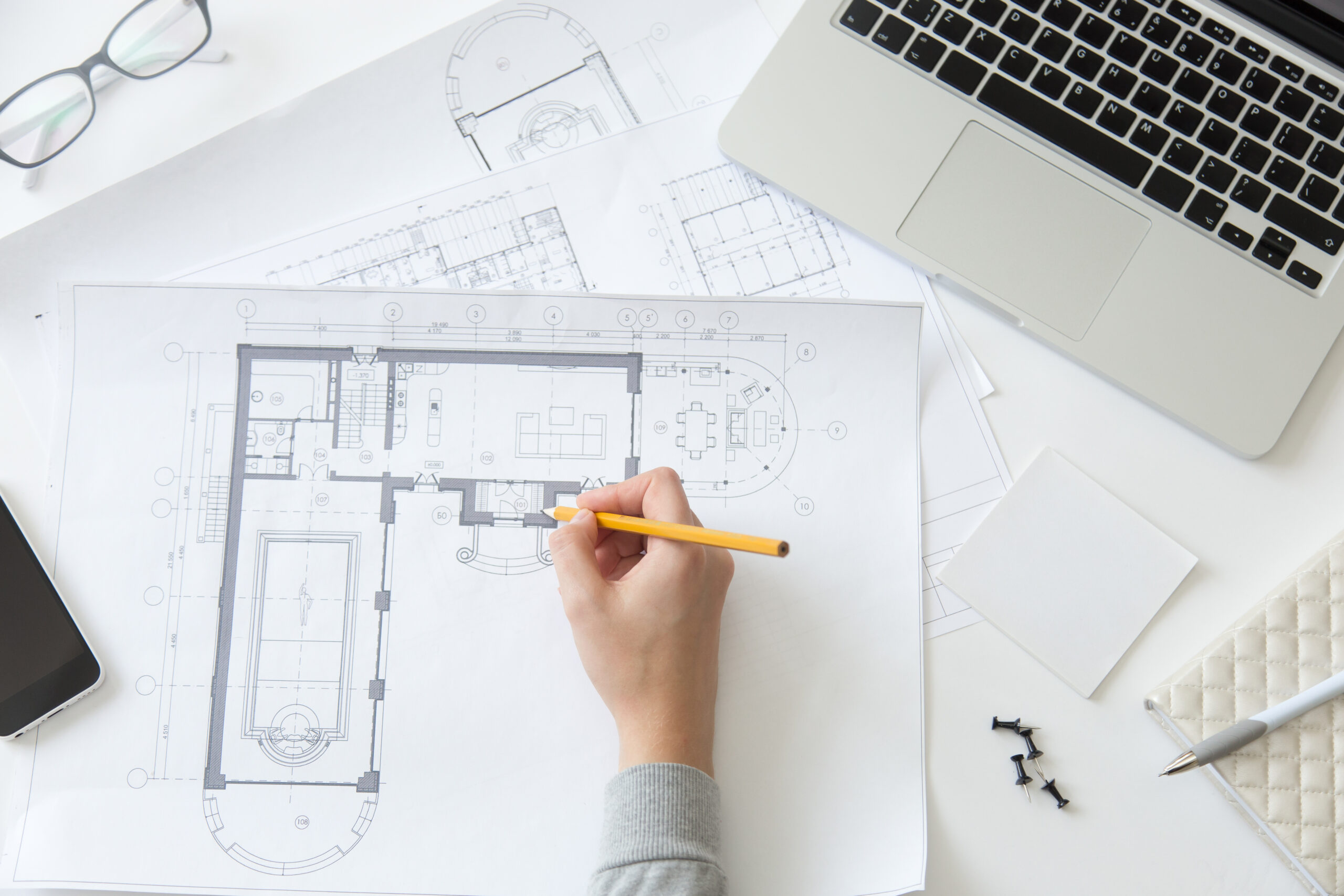
Our Design Process: Collaborative, Transparent, Personal
Every layout we create is part of a larger conversation with you. We don’t just ask about how many bedrooms, you’ll hear us ask about your habits, your pace, how you gather, rest, work, host, and unwind.
Our Process Includes:
- Discovery: Site visits, interviews, goals, challenges
- Concept Design: Diagrams that explore flow options, bubble diagrams, adjacency studies, circulation paths
- Schematic Plans: Early drawings with room locations, square footage, orientation
- Refinement: Adjusting for how things feel, not just how they fit
- Construction Drawings: Fully detailed plans that capture all design decisions
Because we offer custom home design services, every step is tailored, not just repurposed from a catalog.
What Real Clients Say
We’ve found that the best validation of our approach comes from the people living in the homes every day. Clients often tell us that what makes the difference isn’t always the obvious design gesture, it’s the way the house feels, the way it moves with them through their routines.
“The layout just works. I never feel like I’m backtracking. I move from morning coffee to work calls to dinner prep, and it all flows.”
“Every window feels like it’s in the right place. Every room feels connected to something, whether it’s a view, another space, or the outdoors.”
These reflections capture what we mean when we talk about flow. It’s the invisible architecture that shapes how life unfolds inside a home. You may not be able to put your finger on it, but you feel it: the ease of circulation, the comfort of natural light, the balance between privacy and connection.
That’s the power of flow. It makes a house feel whole, intuitive, and deeply livable, even when you can’t quite describe why.
Designing for Joy, Not Just Function
Great architecture supports life. That’s what we believe. Flow isn’t only about efficiency, it’s about how a home feels.
- A dining nook that catches morning sun
- A living room that frames a fireplace and a view
- A hallway that opens into a gallery of family memories
- A primary suite that feels like retreat, not a leftover box in the corner
These are not accidents. They are the result of thoughtful planning and deep listening.
Thinking About Your Own Layout?
Have a site you’re considering? We’d love to see it.
Reach out to us if you’re ready to explore what’s possible on your land.
Thinking about your own project? Let’s talk.
Together, we can design a home that flows with the way you live, today, and for years to come.
Further Reading
- U.S. Department of Energy – Green Building Guidelines
- ArchDaily – How Floor Plans Influence Living
Hudson Valley Magazine – Design Trends in Ulster County

